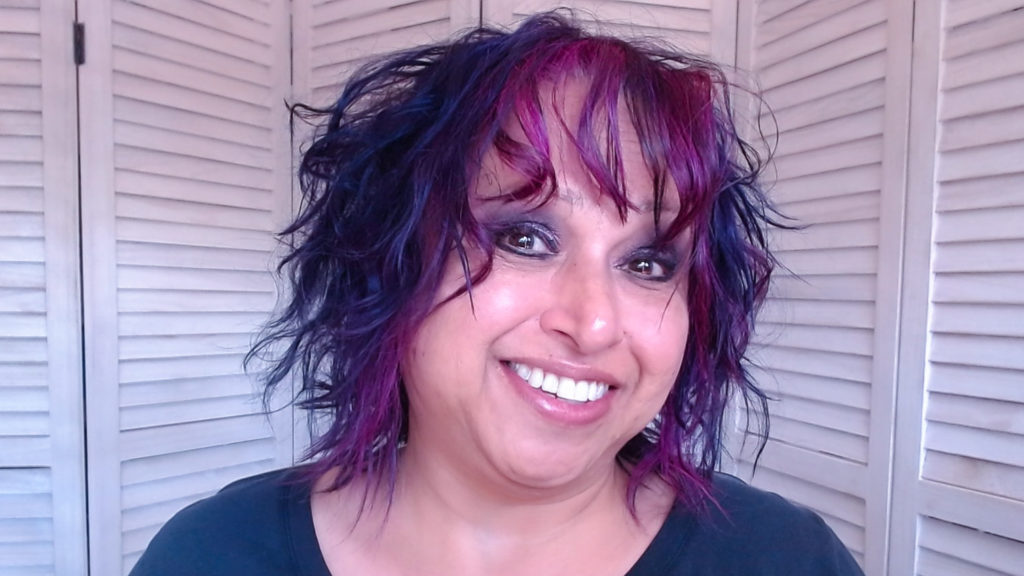Katy Howell, CEO of social media agency Immediate Future, is one of the most innovative and creative leaders in the digital industry and NDA’s monthly columnist.
Many years ago, I worked with a well-known white goods brand. We were presenting a messaging strategy when the client-side marketing lead, stopped us and said, “well, that will never work”. I asked why. She said that she wouldn’t be convinced by the message – it just didn’t resonate with her.
She was a mum of three, who owned her semidetached house, in the rural north. We were targeting young people, who rented property in major cities. She didn’t have the same motivations and drivers as the audience we were targeting. She was only looking through her lens.
She ignored all the data we showed her. She ignored all the insight, the demographics and the carefully built personas. She built her idea of marketing on who she was. Of course, we persuaded her otherwise. And dare I say it, we were proved right.
Fast forward to this year. Once again, we are faced with brands that build their communications on how the marketing team view the world. But now, the risk is more than sending the wrong message to an audience that will ignore it. The compulsion to gain attention on social, and the desperate need to be part of a movement (any movement), means brands are taking risks. Not necessarily a bad thing, but when those risks are only filtered through one lens – it can go badly wrong. It can risk the brand itself.
Tone deaf comms
From Burger King to Beattie Communications, it’s been obvious that a filter is not switched on. Tone-deaf comms seem to pop up every month. In fact, across the last year there have been a multitude of insensitive posts and tweets around COVID, BLM and every bandwagon going. They are missing the mark. They lack a genuine feel.
It really pisses me off. Not just for the obvious crassness, but because it’s a failing from which our industry never seems to learn. Marketing is not about us. It is about the people we serve – our customers. When brands prioritise being clever, over communicating with their audience, customers notice. And on social they shout back. Loudly.
We are the problem
The problem is that marketing (agency or client side) is generally very homogenous. We all come from similar backgrounds, similar education, similar everything. Moreover, we are trained to think a particular way – by our peers and our bosses. The need for diversity sits in the room like the proverbial elephant, loudly hiccupping. Really, we cannot ignore it anymore.
The failure of brands to read the room is a failure to understand ourselves and our audiences. A few weeks ago, Stephen Waddington drew my attention to a blog by Martin Weigel. I have since read it several times. It is long, it is genius, it is everything right now.
In it he quotes Atticus Finch, who says to his daughter Scout in To Kill A Mockingbird: “You never really understand a person until you consider things from his point of view, until you climb inside of his skin and walk around in it.”
Weigel goes on to detail beautifully why marketing and advertising professionals live in an echo chamber. It isn’t just the IPA stats on gender and ethnicity that make for jaw-dropping reading, but the social grade backgrounds, the elite education and the age of those in our world. We are a monoculture.
And it is this bubble view that means we can never get it quite right. We can never walk in the shoes of our customers. We will never understand their drivers or achievements or motivations. The conclusion is that we are disconnected.
A rush for attention
There is more to all the tone-deaf missteps we are seeing in social media. There is a desperate imperative to grab attention. A lazy view that in order to be bold, you need to be brash. Couple this frantic grab for eyeballs with a fundamental misunderstanding of the people we are trying to get to buy from us, and disaster is bound to ensue.
We have to slow down. Content needs to be better, more relevant and more thoughtful. Or we risk bashing our own brands into the ground.
More diversity is part of the solution. Listening is essential too. Gathering insight on customers from social data to customer feedback is more than ticking the box on research. We need to really listen to the insight and stress test our approach. Planning with a framework that includes variances for societal and cultural shifts, that allows time to view through multiple lenses. That is the way forward. Add to that a heavy dose of common sense that comes with experience – and dare I say it, age.
Faux pas, screw ups and stupidity on social only rarely take a brand or a person down. But if we don’t correct this, it will gradually erode trust and loyalty. It will leave a lasting mark on the brand, that just can’t be washed away.
It’s time to step into our customers’ shoes, see through their eyes, and wear their skin (metaphorically of course).









